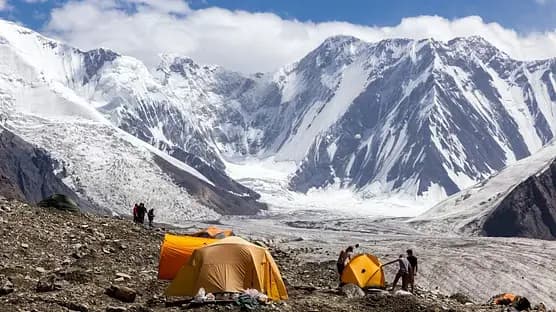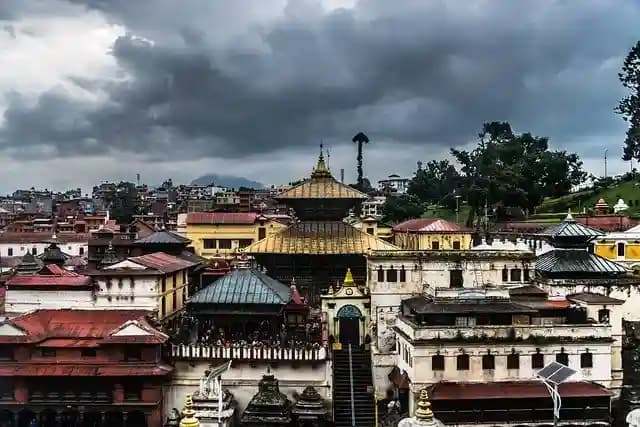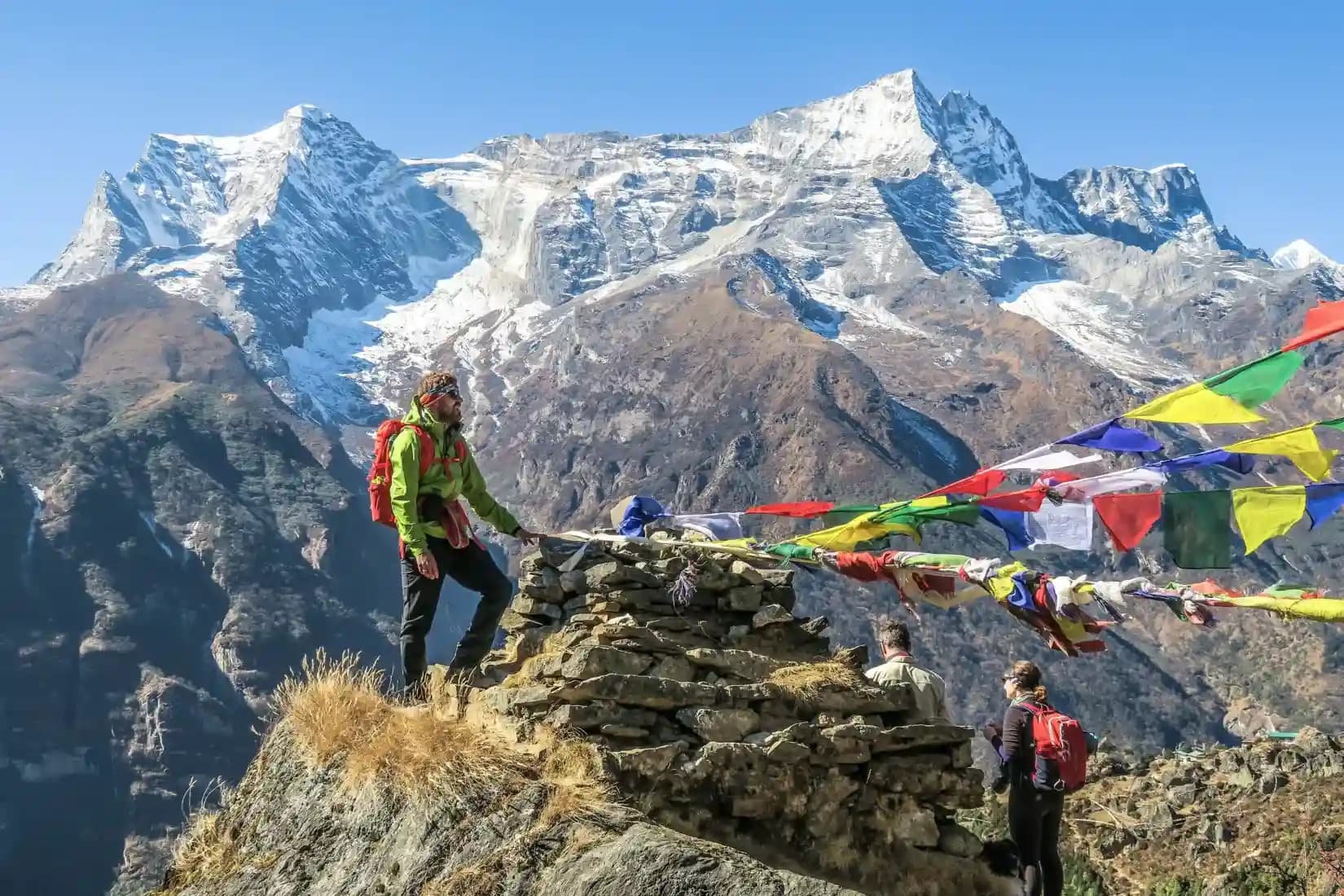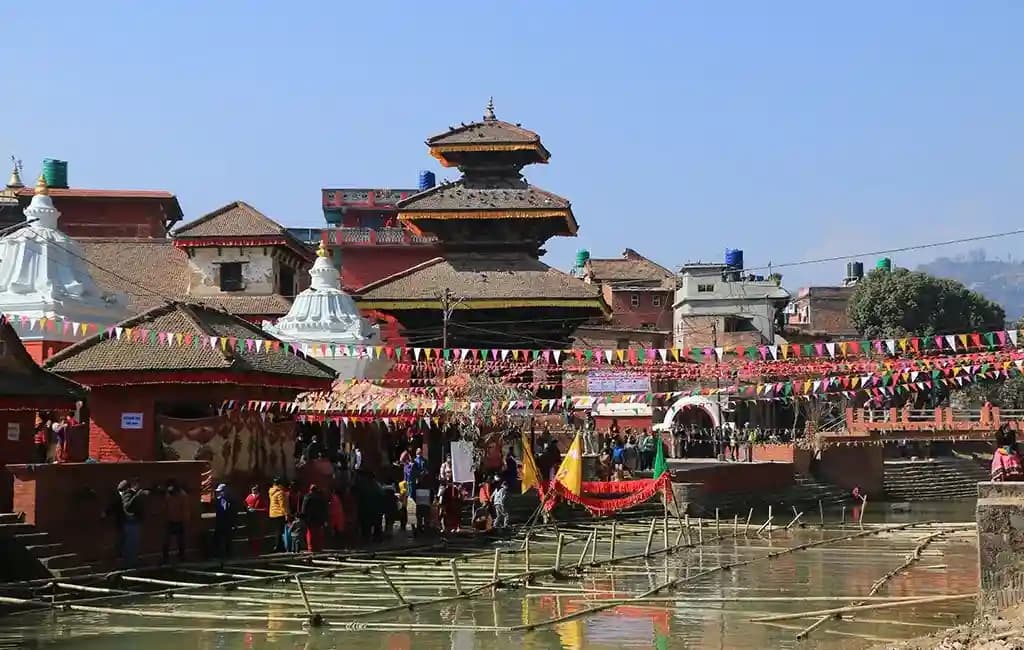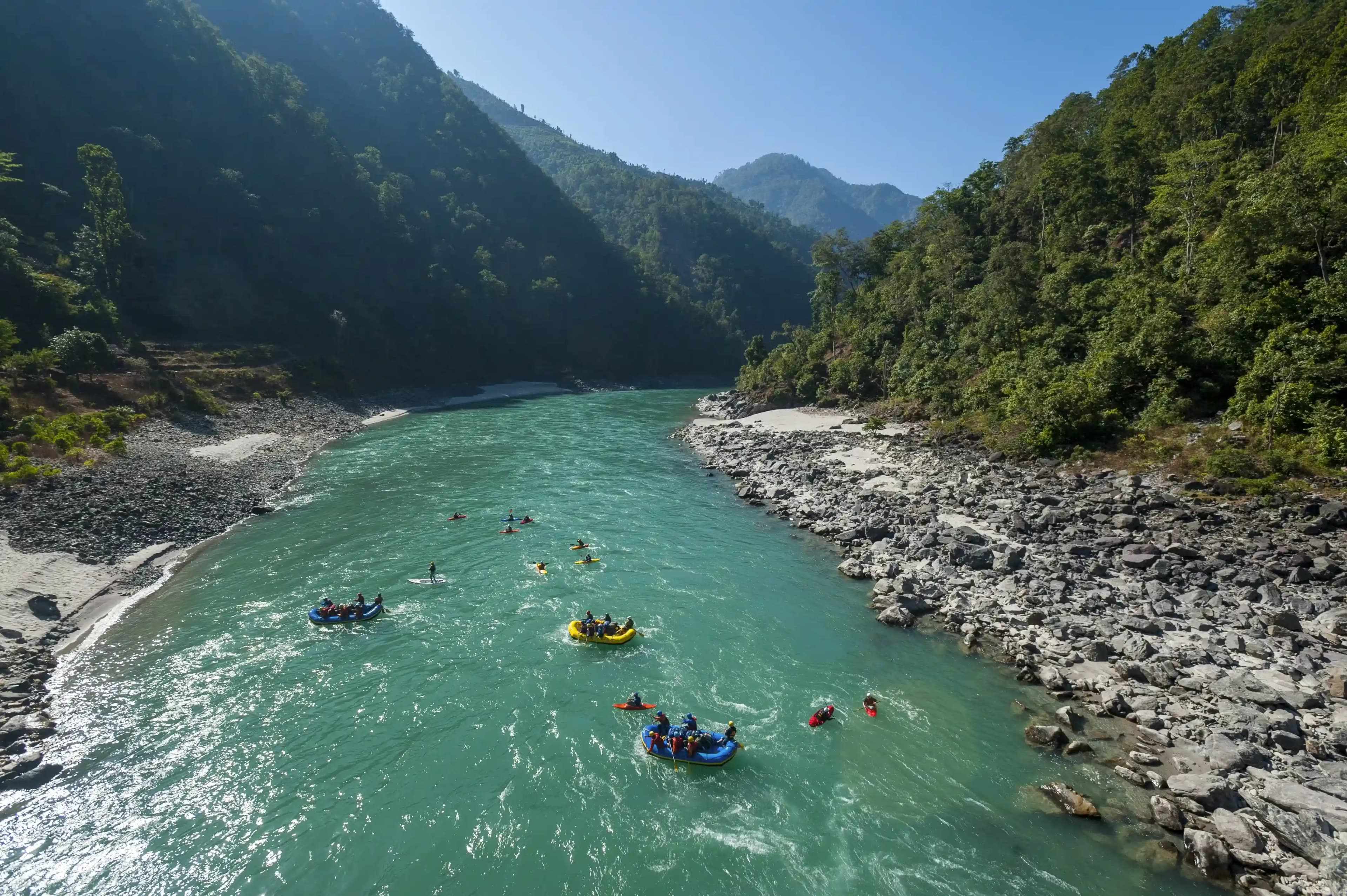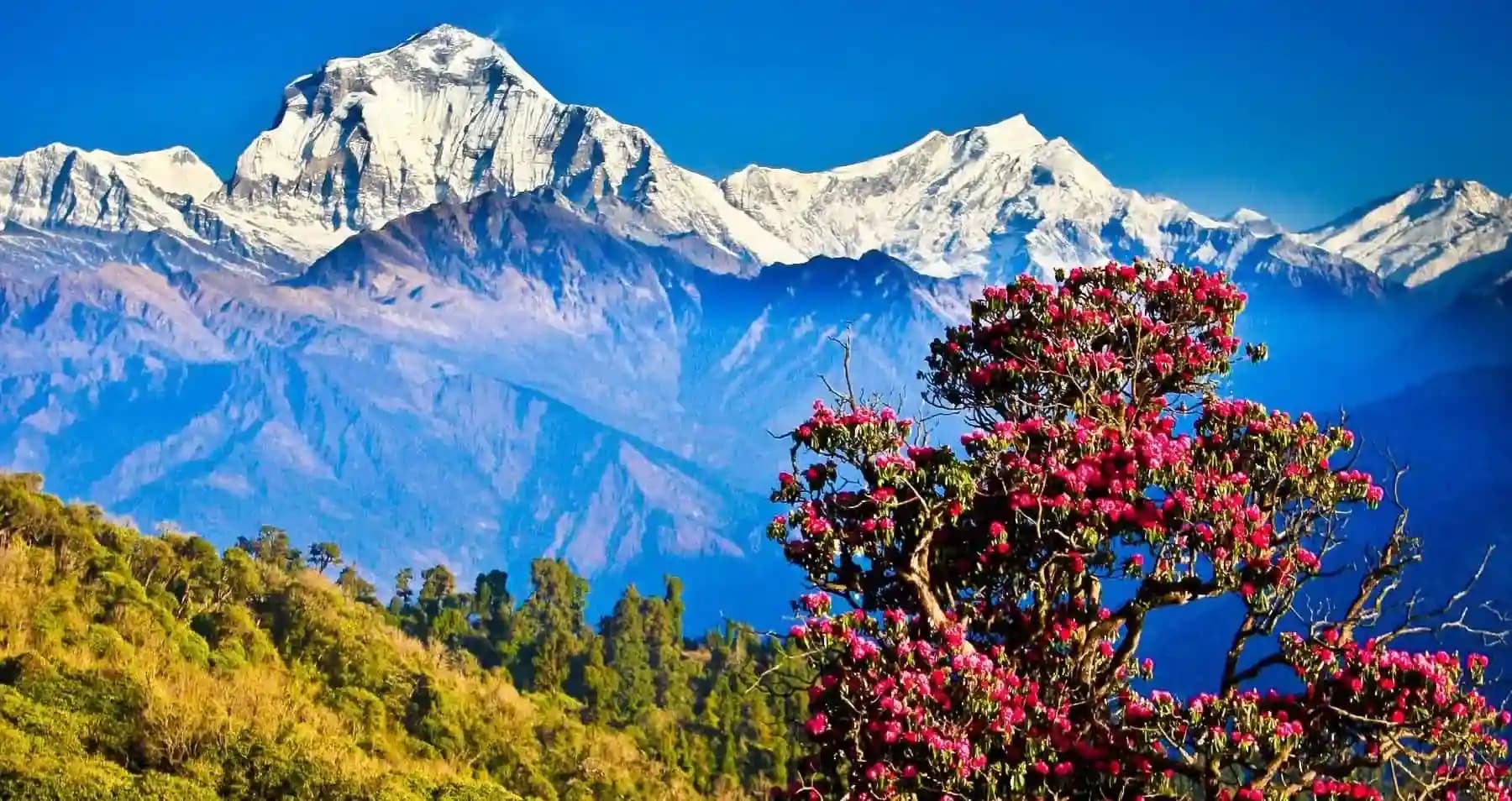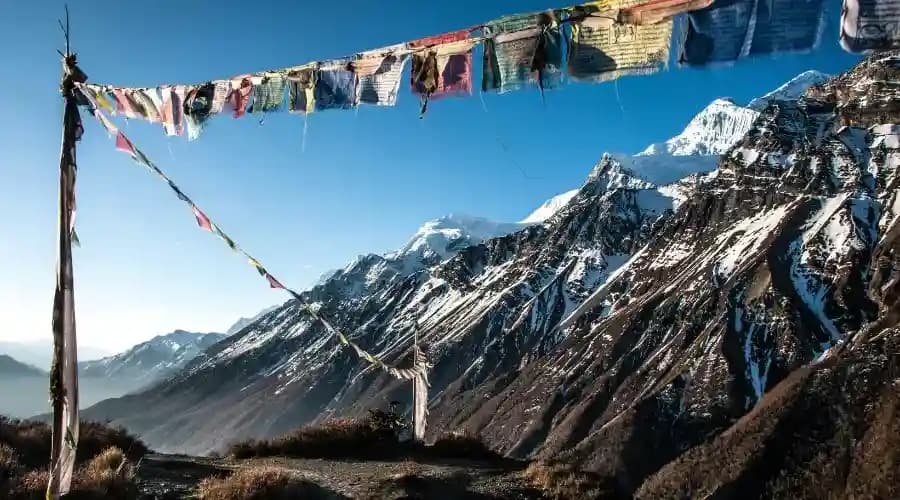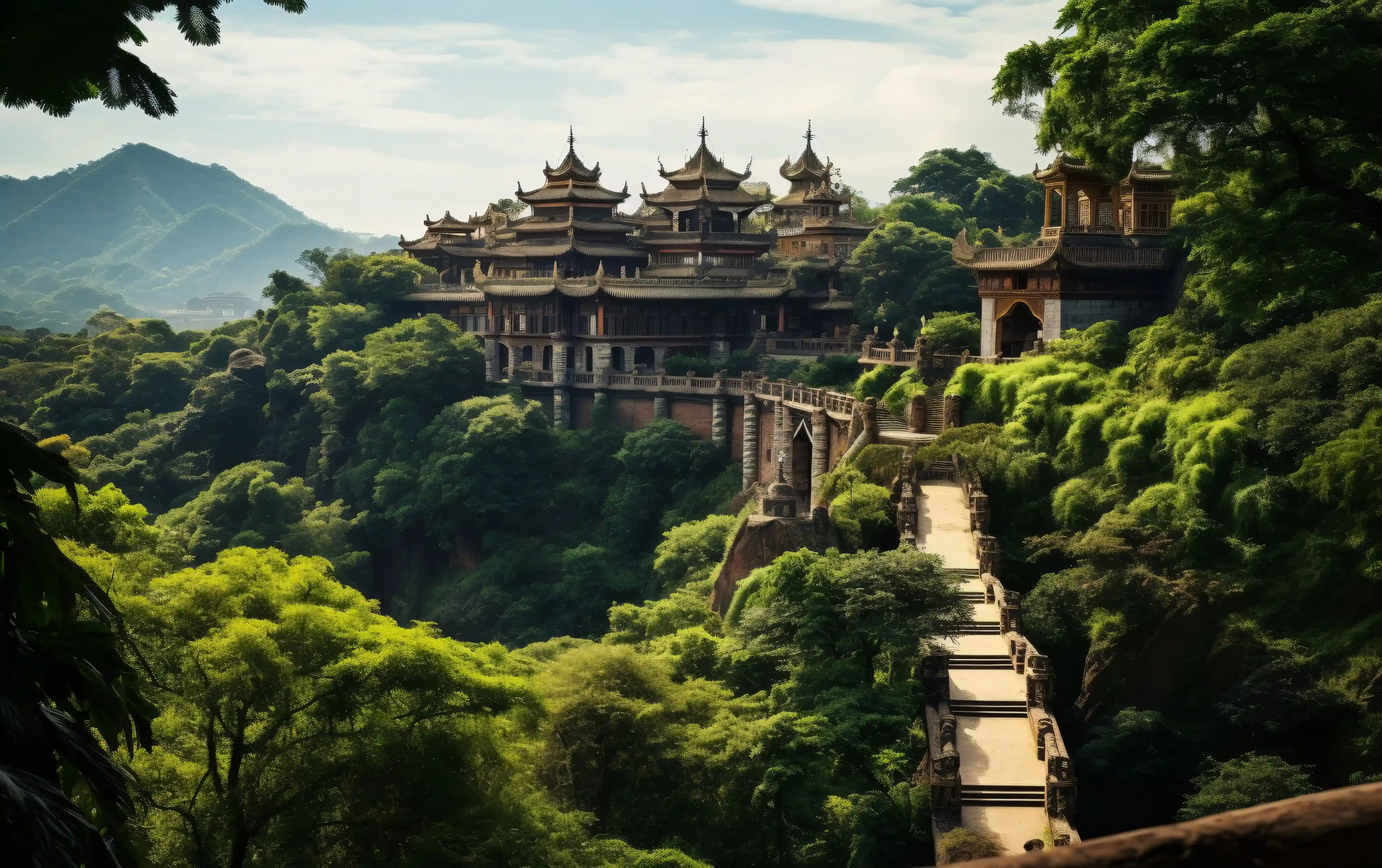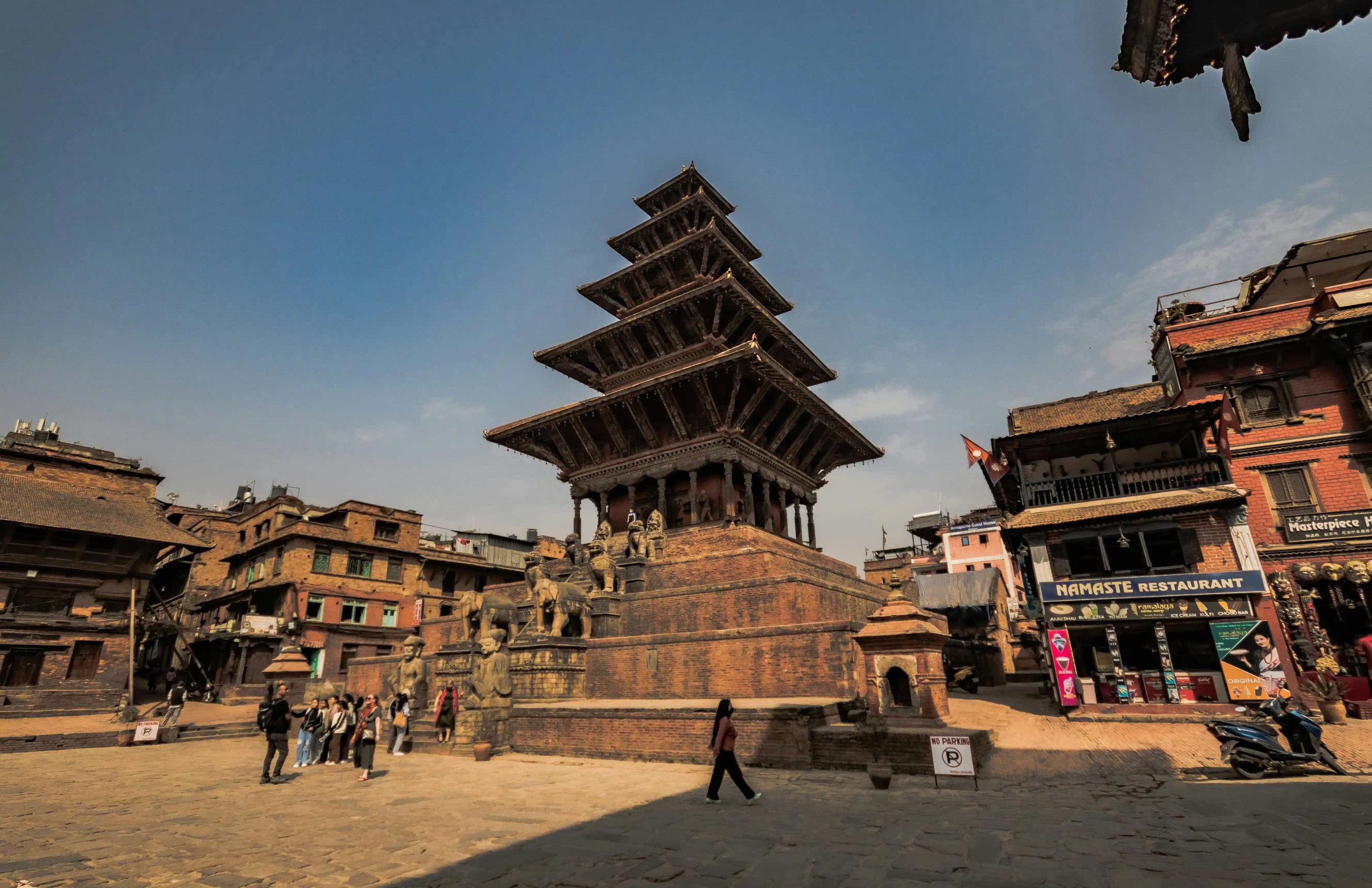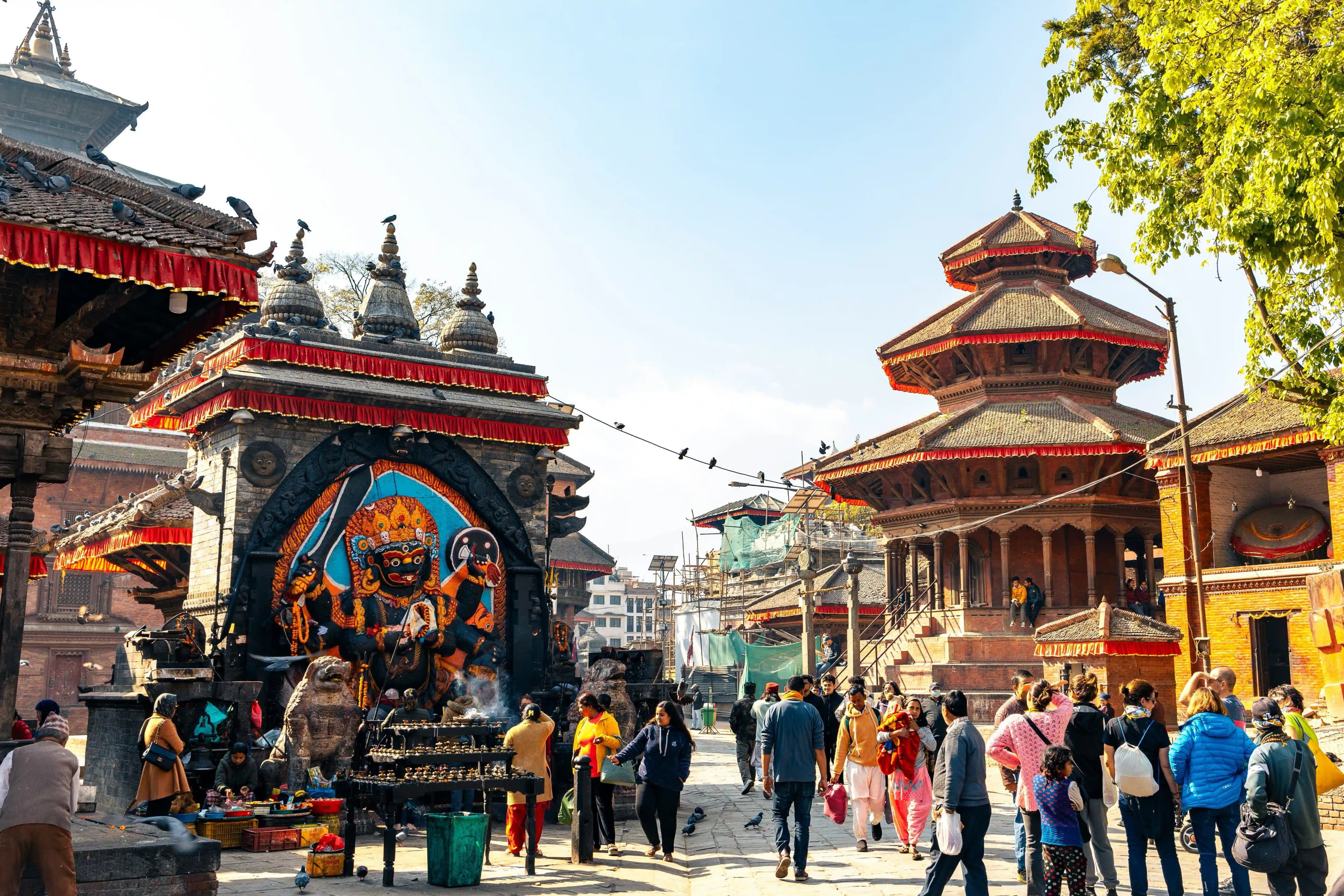The Kanchenjunga Base Camp Trek is an adventure that will make you reconsider your life choices as your legs tire, your lungs struggle for air, and your spirit rises above the majestic snow-capped mountains. Located in the eastern Himalayas, this trek takes you deep into the stunning wilderness of Sikkim, where each turn in the path unveils breathtaking views, friendly locals, and an unforgettable experience that will leave you wondering why you ever opted for a beach getaway.
Why Choose the Kanchenjunga Base Camp Trek?
Unlike the more popular Everest and Annapurna treks, the Kanchenjunga Base Camp Trek offers a more secluded experience. This means fewer tourists, a deeper connection to nature, and a chance to truly immerse yourself in the wilderness. It’s perfect for those who seek genuine adventure rather than just picturesque spots for social media.
If you’re looking for a trek where you can walk among the clouds, feel the fresh snow crunch beneath your feet, and get a great workout without hitting the gym, then you’ve found the perfect adventure.
Suggested Read: A Detailed Guide to Brahmatal Trek
Best Time to Visit the Kanchenjunga Base Camp Trek
Your best times to visit are from March to May (spring, also known as flower season) and September to November (autumn, or the season of golden landscapes). During these periods, you can expect pleasant weather, stunning mountain views, and safer trails.
Spring (March-May): The forests burst into colour with blooming rhododendrons, and the temperatures are mild, making it a perfect time for the Kanchenjunga Base Camp Trek in Sikkim.
Autumn (September-November): This season brings crisp air and clear skies, offering the best views of Kanchenjunga’s magnificent peaks. It’s also the driest time of year, which helps minimise the risk of landslides.
Winter (December-February): This season is only advisable for seasoned trekkers, as temperatures can plummet and heavy snowfall may obstruct paths.
Monsoon (June-August): It's best to steer clear of this season unless you're up for the challenge of dealing with leeches and treacherous, slippery trails.
Suggested Read: Embark On The Triund Trek: A Journey Through The Himalayas
How to Reach the Kanchenjunga Base Camp Trek
Getting to the Kanchenjunga Base Camp Trek requires some effort, but the journey is just as beautiful as the destination.
By Air: The nearest airport is Bagdogra Airport (IXB) in West Bengal. From there, you can take a taxi to Gangtok, which is about 125 km away and takes around 4-5 hours, and then continue to Yuksom, which will take another 6-7 hours.
By Train: The closest railway station is New Jalpaiguri (NJP) in Siliguri, West Bengal. From NJP, you can hire a taxi or catch a shared jeep to either Gangtok or directly to Yuksom.
By Road: Yuksom, the starting point of the trek, is well-connected by road from Gangtok, Pelling, and Siliguri. You can find shared jeeps and private taxis but be prepared for some bumpy rides on the Himalayan roads.
Suggested Read: Beas Kund Trek: From Legends To Landscapes
The Route to Kanchenjunga Base Camp
The journey begins in Yuksom, a quaint town in Sikkim, and guides you through lush forests, colourful rhododendron paths, and tranquil villages, ultimately leading to the majestic Kanchenjunga Base Camp.
Day-wise tentative itinerary:
Day 1: Arrive in Yuksom (1,780m) – Acclimatize, enjoy the tranquillity, and indulge in some momos.
Day 2: Yuksom to Bakhim (2,700m) – Hit the trail; your legs will remind you of this later.
Day 3: Bakhim to Dzongri (4,020m) – Prepare for stunning views and a challenging climb.
Day 4: Dzongri to Laxmi Pokhari – Experience a relatively easy day and a breathtaking sunrise.
Day 5: Laxmi Pokhari to Bikhbari – This is where the air becomes thinner, and your determination is put to the test.
Day 6: Bikhbari to Kanchenjunga Base Camp (5,143m) – Success! Time to shout “I did it” into the vastness.
Day 7-10: Return through the same route – Because teleportation isn’t an option just yet.
You might find yourself cursing the altitude, feeling the burn in your legs, and dodging the occasional yak in your way. But when you finally stand in front of the majestic Kanchenjunga, illuminated by the golden light of sunrise, all those struggles seem to vanish. The trek is a humbling experience, reminding you that nature is not just a backdrop - it’s a powerful force, a storyteller, and a true companion.
And as you return to civilization, savouring that first cup of tea after the trek, you’ll come to realize that you’re not the same person who embarked on this adventure. You’ve become braver, stronger, and perhaps a little obsessed with trekking maps.
Suggested Read: Stok Kangri Peak Trek Journey: Complete Guide to the Ultimate Himalayan Adventure
Conclusion
The Kanchenjunga Base Camp Trek is more than just a hike; it’s a life-changing experience. You face the challenges of high altitude, navigate roaring rivers, and wake up to breathtaking sunrises that make every sore muscle worthwhile. It’s an adventure that is raw, wild, and humbling, leaving a lasting impression long after you return home. As you make your way down, feeling both exhausted and exhilarated, you come to understand how the mountains have impacted you. The fresh air, the kind-hearted strangers, and the immense landscapes—they have transformed you. Soon, amidst the hustle and bustle of city life, you might find yourself poring over maps, your heart yearning for another adventure.
Frequently Asked Questions:
1. How difficult is the Kanchenjunga Base Camp Trek?
The Kanchenjunga Base Camp Trek is regarded as moderate to challenging, featuring steep climbs, high altitudes, and lengthy trekking days. It demands a good level of physical fitness and proper acclimatization.
2. What is the best time for the Kanchenjunga Base Camp Trek?
The best time for the Kanchenjunga Base Camp Trek is from March to May (spring) when the rhododendrons are in bloom, and from September to November (autumn) for the best mountain views. It's advisable to steer clear of the monsoon season and the peak winter months.
3. How much does the Kanchenjunga Base Camp Trek cost?
The cost of the Kanchenjunga Base Camp Trek ranges from ₹40,000 to ₹70,000, which includes permits, guide fees, meals, and accommodation. Prices can vary depending on the size of the group and the duration of the trek.
4. Do I need a permit for the Kanchenjunga Base Camp Trek?
Yes, you will need a Restricted Area Permit (RAP) and a Protected Area Permit (PAP) for foreigners, both of which are issued by the Sikkim Tourism Department.
5. How do I reach the starting point of the trek?
The trek begins in Yuksom, Sikkim. You can get there by road from Bagdogra Airport (IXB) or New Jalpaiguri (NJP) railway station, travelling through Gangtok or Siliguri.
